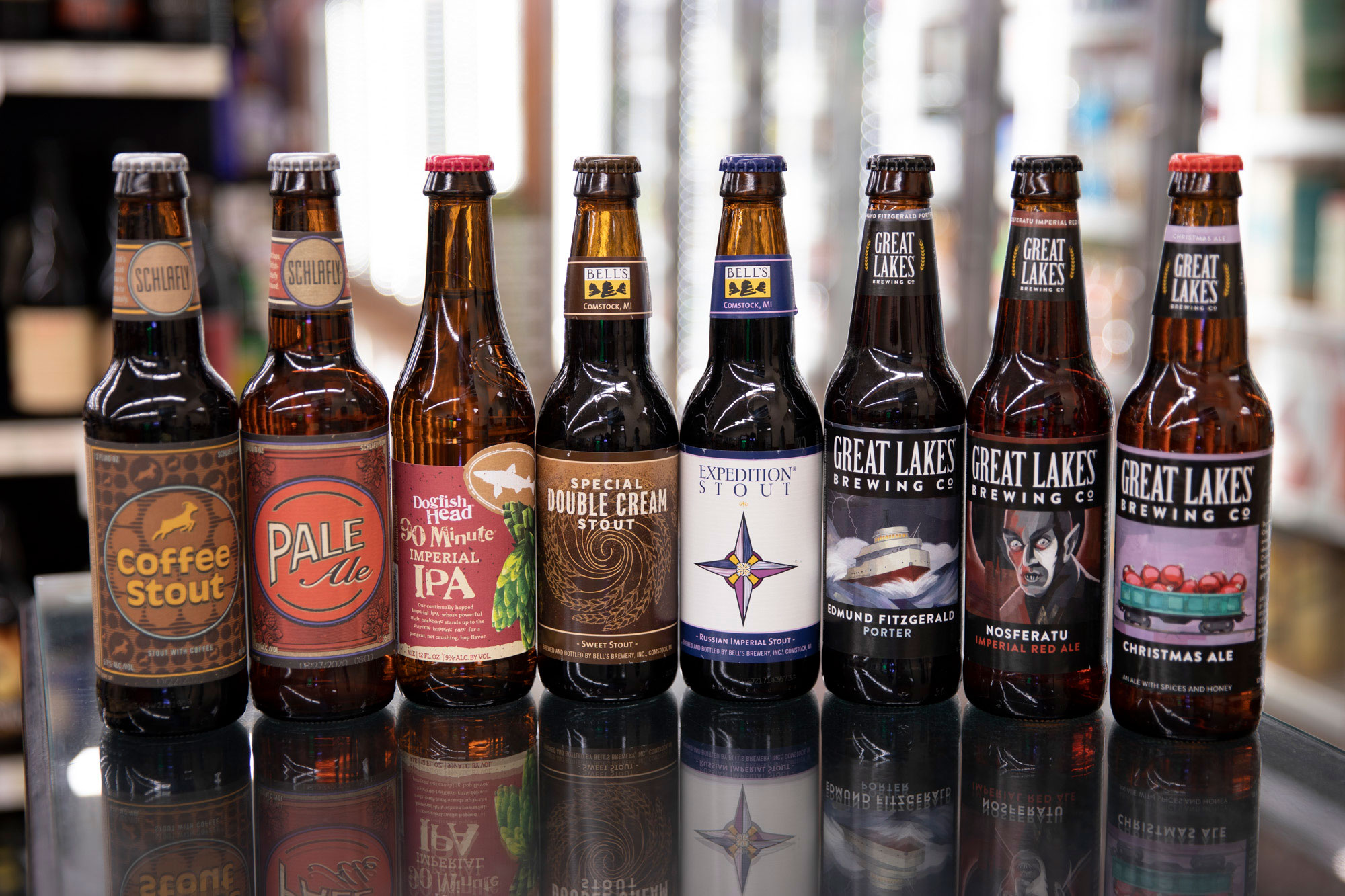Behind-the-Scenes at a Distillery in Galveston: Tours and Tastings
Behind-the-Scenes at a Distillery in Galveston: Tours and Tastings
Blog Article
Understanding the Craft of Purification: a Deep Study Distillery Traditions
Exploring the complex art of distillation reveals a world steeped in time-honored customs that have actually formed the spirits we enjoy today. From the ancient beginnings of purification techniques to the modern-day development of distillery tools, each action in the process lugs with it an abundant tapestry of history and competence. As we delve right into the delicate balance of modern versus standard distilling practices and reveal the significance of essential active ingredients, a deeper understanding emerges of the profound effect distillery customs carry the spirits we relish.
Origins of Distillation Techniques
The development of purification techniques has a rich background that traces back to ancient civilizations. The concept of separating elements based on their different boiling points laid the foundation for the sophisticated distillation processes we have today.
The earliest evidence of purification days back to around 3000 BC in Mesopotamia, where clay pots were made use of to distill perfumes and fragrant oils. The Egyptians better progressed these strategies, using purification for medical functions and embalming practices. The Greeks, significantly numbers like Aristotle and Hippocrates, added to the academic understanding of distillation.
Gradually, purification infect areas like India, China, and the Center East, each society including its distinct touch to the craft. The development of distillation methods continued through the Middle Ages and the Renaissance, at some point leading to the varied variety of distillation processes utilized in modern distilleries worldwide.
Development of Distillery Equipment

With advancements in innovation and a much deeper understanding of the purification procedure, contemporary distilleries now use a variety of advanced devices to create spirits of the finest quality. Today, distillation devices consists of column stills, reflux stills, and crossbreed stills, each created to satisfy certain distillation needs. These modern stills offer much better temperature law, raised purification accuracy, and better efficiency in dividing alcohol from pollutants.
Along with stills, distilleries currently make use of sophisticated condensers, fermenters, and purification systems to more refine the distillate. The development of distillery devices continues to play a crucial function fit the diverse variety of spirits offered out there today.
Traditional Vs. Modern Distilling Practices
In checking out distilling techniques, the contrast between modern-day and typical approaches discloses considerable improvements in effectiveness and high quality. Traditional distilling methods frequently include classic techniques passed down with generations, highlighting craftsmanship and workmanship (Galveston Liquor). These approaches usually count on copper pot stills and manual procedures that call for a high level of ability and experience from the distillers. Conversely, modern-day distilling techniques leverage innovative modern technology and advancement to streamline manufacturing processes and improve consistency. Automated systems, electronic controls, and cutting edge devices allow modern distilleries to create spirits a lot more successfully and with better accuracy.
While standard distilling practices are valued for their heritage and the special flavors they generate, contemporary methods offer benefits in regards to scalability, quality control, and sustainability. By incorporating scientific advancements and contemporary design, distillers can optimize manufacturing, reduce waste, and fulfill the demands these days's market a lot more properly. Eventually, the choice in between conventional and modern-day distilling methods frequently relies on the distillery's objectives, worths, and target audience.
Key Components in Purification Process
Within the craft of distillation, the selection of essential components plays a crucial duty in figuring out the flavor account and high quality of the spirits generated. The key active ingredients used in the distillation procedure are usually water, yeast, and a fermentable resource such as grains, fruits, or sugarcane.
Water is an essential component as it not just thins down the alcohol material to a tasty level yet additionally influences the overall mouthfeel and appearance of the spirit. The top quality and mineral material of the water made use of can considerably impact the final item.
Yeast is another necessary active ingredient that transforms the sugars present in the fermentable source right into alcohol via the process of fermentation. Various pressures of yeast can generate differing flavors and aromas, adding to the unique features of the spirit.

Influence of Distillery Traditions on Spirits
The influence of historical distillery customs on spirits extends beyond the choice of key components, shaping the extremely significance and character of the last distilled products (Seawall Bar). These next practices, passed down via generations, play a vital duty in defining the one-of-a-kind preference profiles and top qualities that identify one spirit from an additional
Distillery customs encompass a wide variety of practices, from the certain techniques made use of in distillation to the choice old procedures employed. The use of typical copper pot stills in scotch production is believed to pass on particular flavors and attributes that are extremely valued by aficionados. The aging of spirits in oak barrels, a practice deeply rooted in distilling traditions, adds to the growth of complex fragrances and flavors over time.

Final Thought
From the origins of purification techniques to the modern practices, the influence of distillery practices on spirits is indisputable. Distillery traditions play a crucial role Breweries in Galveston Texas in forming the spirits sector and maintaining the heritage of distillation techniques.
Throughout the background of purification, the tools used in distilleries has actually undergone significant evolution to enhance performance and top quality of the distillation procedure.With developments in see here now innovation and a deeper understanding of the distillation process, modern-day distilleries now use a range of advanced devices to create spirits of the highest possible quality. Today, distillation devices consists of column stills, reflux stills, and crossbreed stills, each developed to provide to specific purification demands. From the beginnings of distillation techniques to the contemporary techniques, the impact of distillery traditions on spirits is undeniable. Distillery traditions play an essential function in shaping the spirits sector and preserving the heritage of purification practices.
Report this page